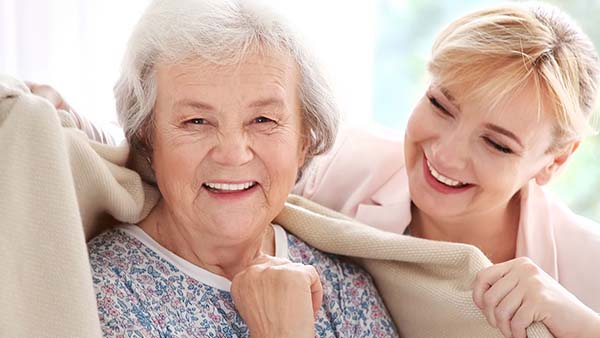The pandemic turbocharged the take-up of digital health and the use of remote monitoring of patients in their own homes instead of hospital. Digital services were no longer a ‘nice to have’ for some parts of the health service but essential for providing care in a time of social distancing.
Pre-pandemic, the majority of remote monitoring was for long term conditions. However, the introduction of the Covid Oximetry@Home (CO@H) service which allowed COVID-19 patients to be looked after safely at home and only be admitted to hospital when necessary, changed this.
Although CO@H was a direct response to hospitals becoming quickly overrun by COVID-19 patients, over subsequent months, NHS organisations began to support people at home with other health conditions. Increasingly, virtual care is being expanded and used to monitor patients with short term conditions, including hypertension and respiratory illnesses.
“Virtual wards” are also being developed to deliver care for patients at home who would otherwise have to be treated in hospital, by enabling earlier supported discharge and providing alternatives to admission.
By December 2023, NHSE expects ICSs to have completed the development of virtual wards towards a national ambition of 40-50 virtual beds per 100,000 population – equivalent to 24,000 virtual ward beds. At a minimum, each system is expected to implement virtual wards for two pathways: acute respiratory infection and frailty.
Click here to find out how to set up a virtual ward.

